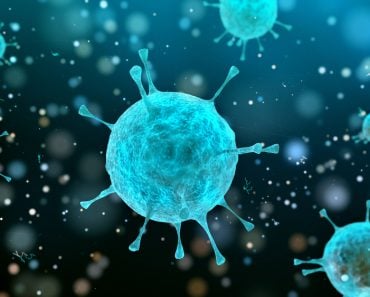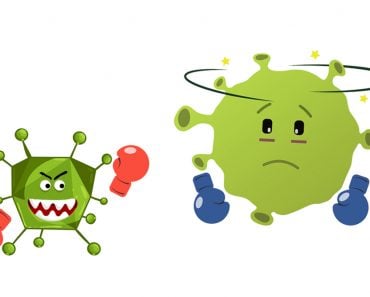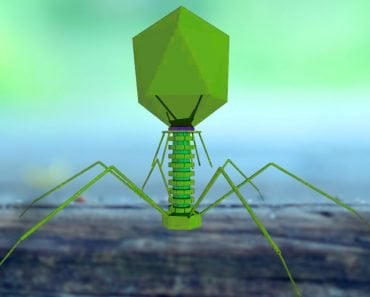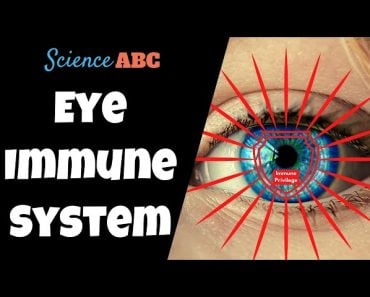Viruses go into a sort of “switched off” mode when they’re floating around outside a “host” or when they land on inanimate surfaces. However, viruses still need to survive outside the body, but it’s not survival as we think of it.
On the eve of 2020, if we weighed the likelihood of being struck by a bolt of lightning, being eaten by a shark, or winning the lottery against the likelihood of battling a pandemic for the better part of the year, most of us wouldn’t have bet on the global pandemic. Yet, here we are in 2023, still reeling from the aftermath of a tiny virus known as SARS-CoV-2. While infection rates have dropped drastically since 2021, people all over the world found new reasons to ask questions about viruses!
While we have the answers to questions like “Why can’t we use antibiotics against viruses?”, there are other underdeveloped areas of research that remain. For example, what do viruses do outside host bodies? If these organisms cause disease, shouldn’t it be crucial to understand how they exist when they aren’t infecting us?
As we look to our post-pandemic future, it’s important to consider the implications of certain unanswered questions.
So, before we talk about what viruses do outside and inside the body, and how they accomplish those things, let’s first talk about what viruses are.
Recommended Video for you:
What Is A Virus?
Essentially, a virus can be described as a microbe. The main component of this microbe is the genetic material it contains. This genetic material can either be DNA- or RNA-based.
However, viruses are exceptional exceptions. They fly carelessly in the face of general rules of life. Usually, living organisms are defined as living based on whether they have genetic material or not. Well, viruses do have genetic material, but they aren’t technically alive, as they cannot reproduce or replicate by themselves.
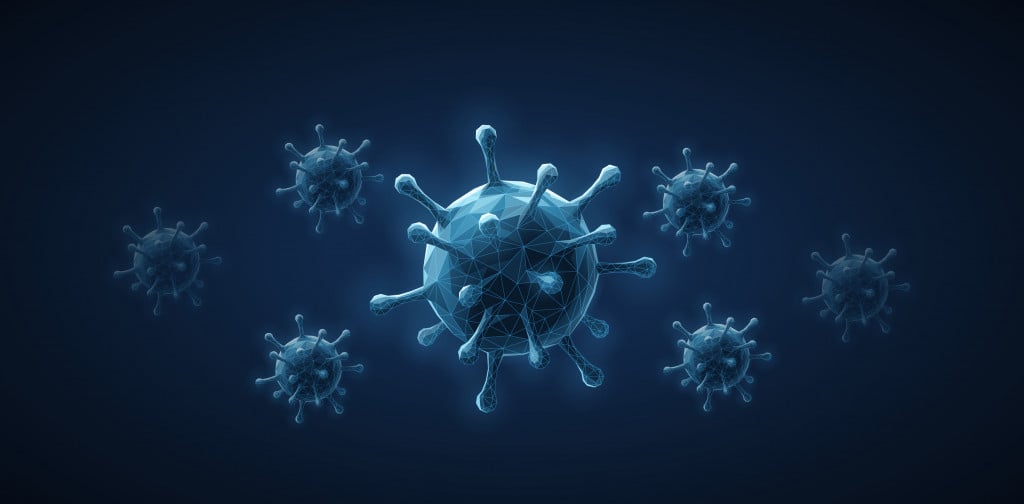
Viruses only begin their “life” when they land on or in living organisms (i.e., humans). Think of it like this: a virus drifts through the world in airplane mode until it finally lands on a compatible host it can infect. After entering the host, it hijacks the host body’s systems and machinery. By doing this, the virus manipulates the host into producing more copies of the virus. This process is called production or replication. When a virus begins to replicate in a host, it infects the host and begins creating more and more copies of itself.
Can Viruses Infect Every Living Organism?
It’s easier to answer this question by attempting to classify viruses as “specialist” and “generalist” categories. Although most viruses can infect a wide range of species (generalists), many viruses are actually host-specific (specialists). This means that they have a narrower range of species they can infect.
Let’s consider the case of the dengue virus or DENV. This virus is transmitted by vector organisms, namely, various species of mosquitoes. A large proportion of the virus is transmitted specifically by female Aedes aegypti mosquitoes. This virus is a specialist virus and has a narrow range of mammalian species it can infect, such as humans, other primates, and other mammals like dogs and pigs.
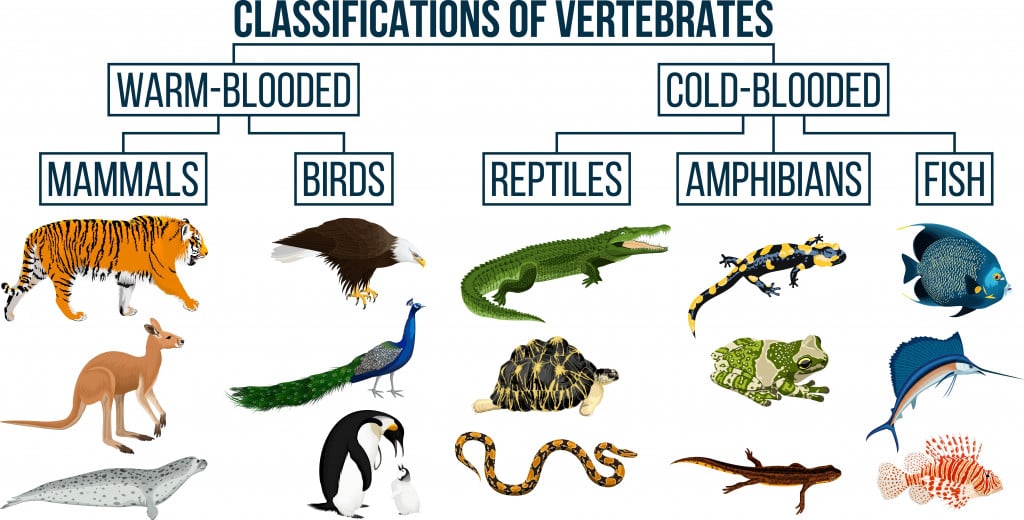
In contrast, adenoviruses are generalist viruses with a broader target spectrum, as they can infect all known vertebrates.
Now, we know what viruses are and what they can infect, but there is one theme we still need to explore. We already know that viruses aren’t technically “living” unless they enter host bodies. The question that naturally arises is, what the heck do they do when they’re outside a body?
What Do Viruses Do Outside The Body?
Like specks of dust, viruses are incredibly tiny and float around us all over the world. When viruses land on non-living or inanimate surfaces, they don’t really do much.
Viruses go into a sort of “switched off” mode while floating around outside a body or when they land on inanimate surfaces. However, viruses do need to survive outside the body, but it’s not survival in the way we think of it.
When outside a host body, viruses don’t focus on self-replication. Instead, they focus on retaining their ability to replicate.
Essentially, when a virus sets up camp in a host, the virus infects the host. Outside a host, viruses focus on retaining their ability to infect a future host. Essentially, viruses focus on protecting and retaining their infectibility outside a host body.
What Contributes To The “Infectibility” Of A Virus?
Viruses are usually covered by a special coating/layer made of several protein molecules. This coat is known as a capsid.
The capsid coating is what protects the RNA or DNA inside the virus. The genetic material inside the virus is essential for self-replication. Thus, the capsid protects the virus and helps it retain its infectibility.
If the capsid is compromised or degraded, the virus is less likely to survive, find a host, and be able to successfully replicate.
How Do Viruses Ensure Their Survival Outside Host Bodies?
Well, they can’t. Since viruses aren’t living entities, they can’t control where they land. Luck plays a huge role in whether viruses survive outside host bodies or not.
For example, if they land on dry surfaces, like copper, the viral capsid degrades at a much faster rate. Similarly, if the virus lands on a soft surface, instead of a hard one, the capsid is likely to degrade more rapidly
This is due to the fact that viruses need moisture to survive and operate. Similarly, soft surfaces absorb water much better than hard surfaces, which makes soft surfaces terrible landing strips for viruses.
Soft surfaces refer to surfaces like paper, cardboard, wood, and cloth. They are both soft and porous, and can absorb moisture and behave like desiccants, so they would absorb the moisture into themselves, rather than hold water for the virus.
It isn’t just types of surfaces that viruses must contend with. From the humidity levels of the air they float in to the amount of light they’re exposed to, nearly everything around a virus can influence whether or not it retains its infectibility.
For example, in countries like China, banks use UV-C lights to disinfect bank notes. In fact, China uses a similar UV-C strategy to fight viruses on multiple fronts. UV-C-emitting robots mop hospital floors and public transit buses drive through UV-C light-emitting sheds to disinfect themselves.
UV-A and UV-B light also possess the ability to nullify the infectibility of a virus, but the exact exposure time required for this is not well-known.
Conclusion
While viruses are ruthlessly efficient inside a host body, they are at nature’s mercy outside of a host. Since viruses can’t control where they land outside the body, where they land is usually a matter of luck.
There are quite a few factors that help viruses retain their infectious state. From temperature and hardness to the cleanliness of surfaces, all of these factors contribute significantly to the survival chances of a virus.
References (click to expand)
- (2020, May). Viral survival. New Scientist. Elsevier BV.
- How Long Can a Virus “Live” Outside the Body?. McGill University
- Why do viruses survive outside the human body? | FAQ. covid19.nj.gov
- Bandín, I., & Dopazo, C. P. (2011). Host range, host specificity and hypothesized host shift events among viruses of lower vertebrates. Veterinary Research. Springer Science and Business Media LLC.

